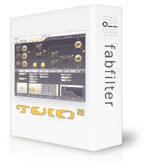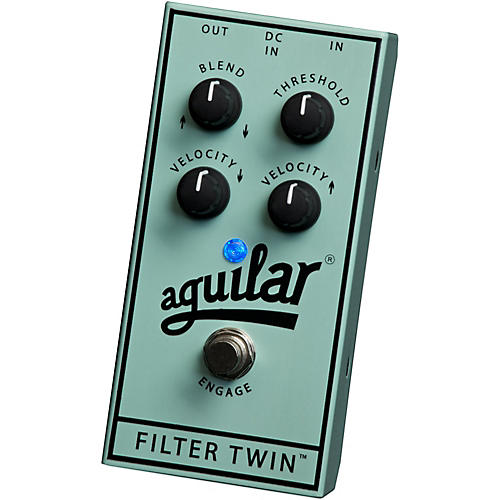
Fabfilter twin bass out of tune pro#
This is extremely helpful during the mastering process, where you can use Pro Q 3, to remove the 0-25Hz Mud in the Mid channel and 0-100Hz on the Side channel. Setting up a Dynamic notch on your bass channel, then routing your kick to it, instantly creates space for both elements, without permanently changing the frequency characteristics of either. One of my favourite things to do with Dynamic EQ is sidechaining. This is extremely useful when you want to remove clashing frequencies, but only when they become too much of a problem.įor instance, if you have a resonance you want to remove, but when you remove it, it affects an integral part of the sound, dynamic EQ will remove it enough for it to stop causing issues, but also keep some resonant information there, so you don't ruin your sound. This lets you set active EQ bands, that only attenuate your signal, whenever you want it to.Įssentially, Dynamic EQ makes your filter shapes follow the audio, rather than having a static amount of cut or boost. In fact, any bell or shelf band can be switched to dynamic mode.ĭynamic EQ bands are awesome when you want to combine the characteristics of a compressor, with standard linear phase equalization.

Probably one of the most important features of FabFilter Pro Q 3, the Dynamic EQ mode. This is probably the only downside to Pro Q 3, It is very much a precise and transparent equalizer.

There are however times when you might want to have a more colorful equalizer plugin, to add sweetness to your top end etc. It does everything you want it to do, without leaving a trace of it being there. Razor sharp frequency cuts, and the almost surgical level of precision you can set your Pro Q3 to have, makes it a benchmark for professional EQ's everywhere. Other than what you tell it to do, FabFilter's Pro Q 3 does not affect your sound in any other way.
Probably the first calling card of this incredible Digital EQ, is it's precision and transparency.


 0 kommentar(er)
0 kommentar(er)
